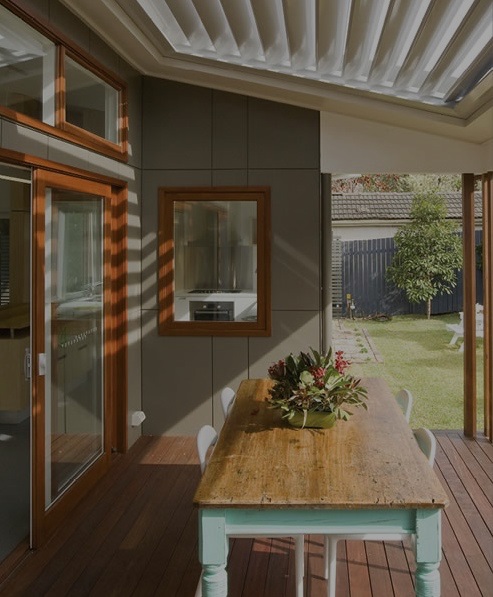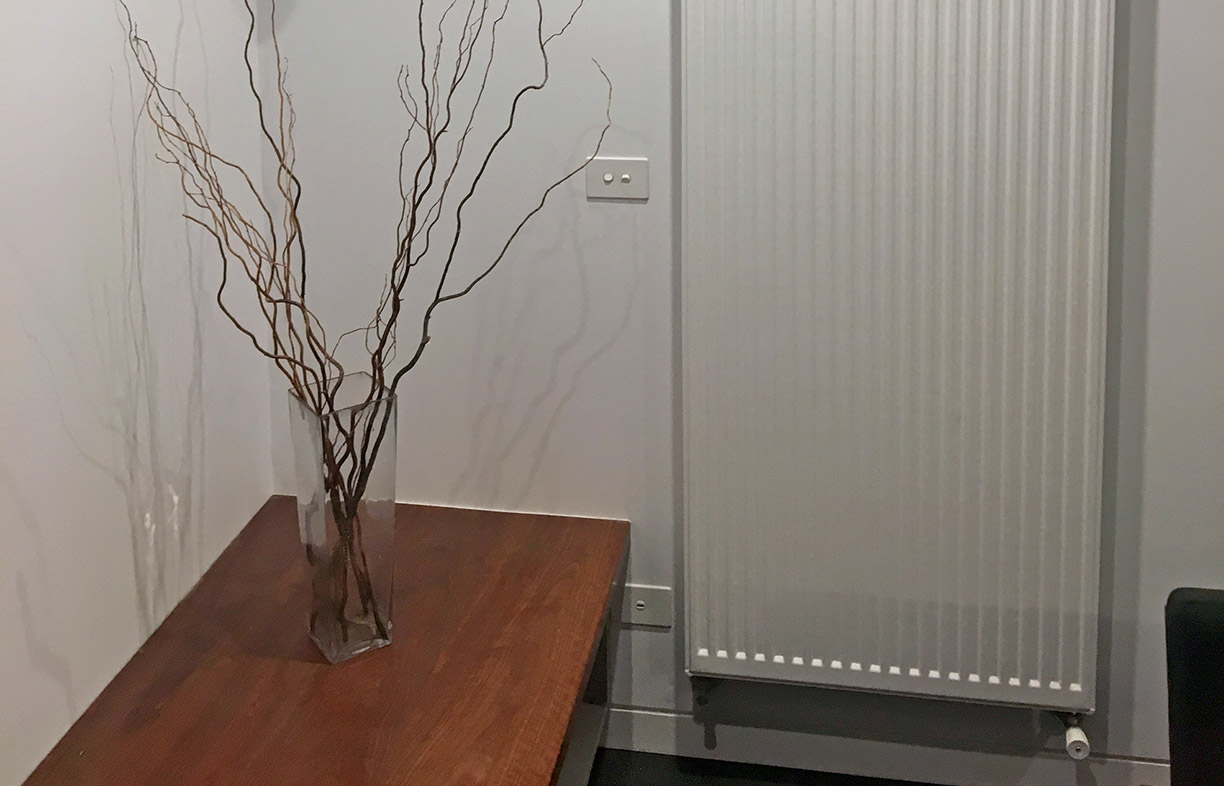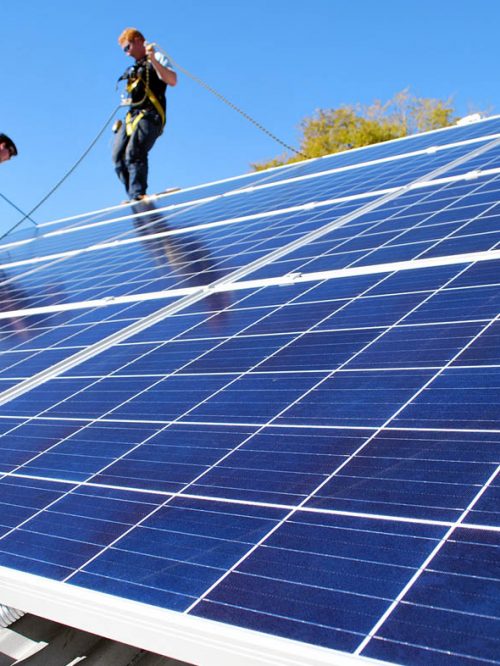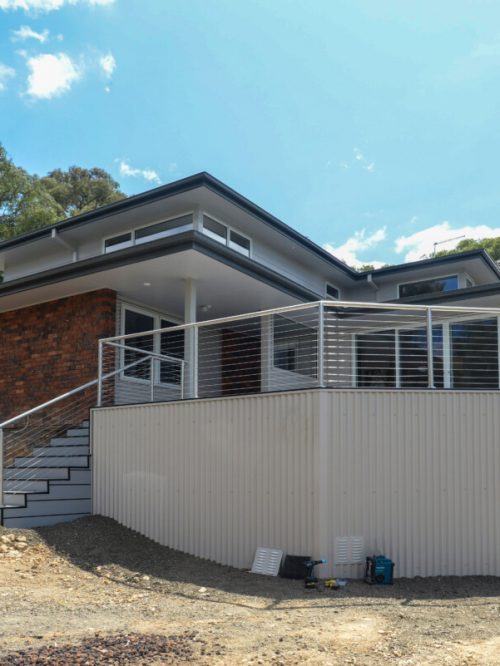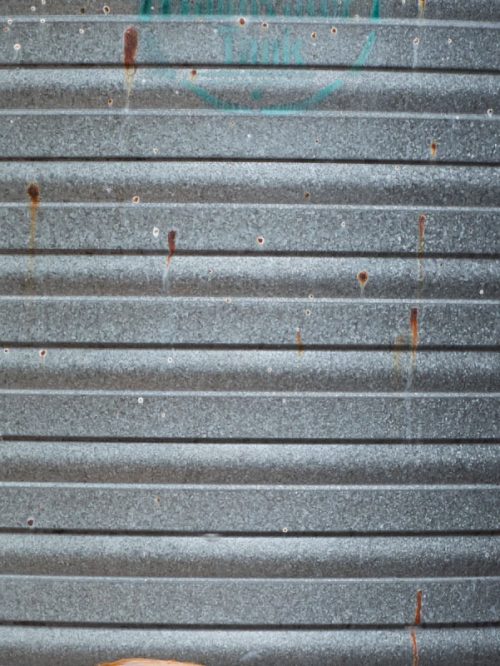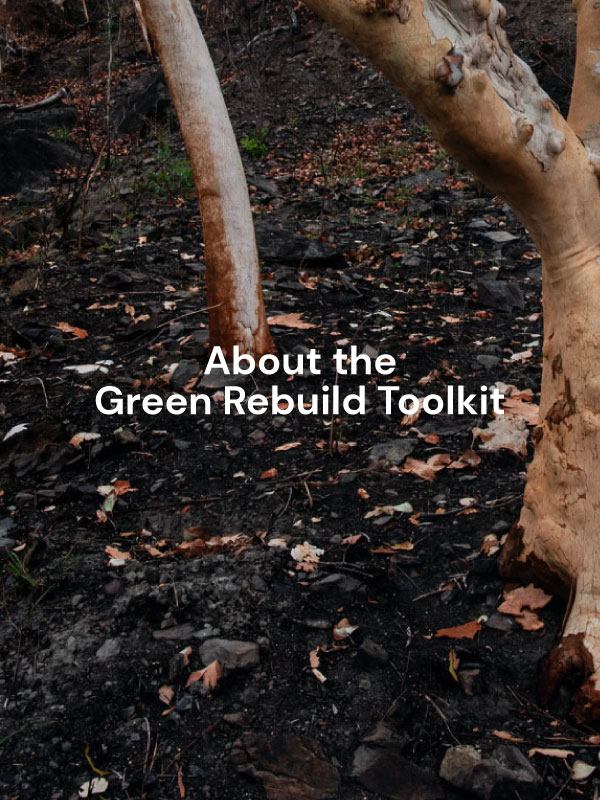If you’re replacing a home lost in a bushfire then it’s possiblethat money is tight, especially when it comes to buying fixtures and appliances. But taking the time to choose the right appliances now will save you money on energy bills and help stretch your solar electricity further if you’ve invested in a PV system. Alan Pears gives advice on how to choose the most affordable and energy efficient appliances for your new home.
Air conditioners for heating and cooling
Choosing the right heating solution for your home can be a complex matter. The heating and cooling resources from Your Home may helpful. The Cooling buyers guide in Renew 146 and the Electric heating buyers guide in Renew 144 both have in-depth information on cooling and heating options.
Any energy efficient house will be designed to minimise heating and cooling needs, but you may still need active heating and cooling installed, depending on the climate. When shopping for an air conditioner, aim for an appliance with atleast 4energystars. Keep in mind that star rating tends to decrease as size goes up, while small to medium 6 or 7-star units are now available.
It’s important to size your air conditioner appropriately for the area you are aiming to heat or cool. Considerations include room size; your home’s insulation and external wall materials; number and size of windows and their shading and orientation.
Consider whether the whole house, or just individual rooms, need heating or cooling. Central heating or cooling may waste a lot of energy heating or cooling rooms that aren’t in use. Ducted systems often lose or gain heat from poorly insulated ducting running through hot or cold roof spaces. It is important to zone your heating or cooling appropriately for these reasons. Depending on how you use your space, it might be better to purchase a heating or cooling option for just one room or a multi-split reverse cycle air conditioner.
Whereyou live in Australia will determine both the best type of air conditioner for cooling (evaporative vs.heat pump) and also how well it will operate. For instance, evaporative coolers work best in climates with low humidity as the air has greater potential to absorb water vapour, according to Your Home. In cooler climates, some units’ capacity declines and smaller units may not be able to heat your home as effectively as in warmer regions. Of course, shading, orientation and building thermal efficiency can make a big difference in a givenclimate.
When installing your air conditioner, make sure to place external components on the shady side of the home or create shade for it, while also ensuring adequate air flow. Clearing the air filter regularly will ensure the fan doesn’t have to work too hard.
Improving your home’s insulation and sealing draughts will greatly improve heating and cooling efficiency.
Fridges and freezers
A good rule of thumb when looking for a fridge or freezer is to buy the smallest appliance that is appropriate for your household. You can use the kWh data on the appliance’s energy labels (or their website) to compare different models. Inverter models (with variable-speed compressors) are generally the most efficient. Avoid LPG/electric multi-fuel fridges and ‘thermo-electric’ coolers—they cost a lot to run. Units with the freezer on top are generally more efficient than those with a freezer at the bottom. Though size is important, bigger fridges don’t always use more energy, as manufacturers focus technology improvements on their best-selling fridges: check the kWh on the label to be sure.
Position your fridge away from direct sunlight and other heat sources like your oven, dishwasher and heater. Set the fridge to 3-4°C, and freezer to -15 to -18°C (every degree lower uses 5 per cent more energy). Provide at least 75 mm around top, back and sides to allow air flow; restricting ventilation can add 15 per cent to running costs. Most ‘clean-back’ fridges with no coils at the back rely on good air flow for heat removal from hidden hot pipes on both sides and back to perform efficiently. Keep the door closed as much as possible, and check/replace damaged seals to prevent cold air escaping. Keep coils at the back of the fridge dust-free as dust acts as an insulator and works the unit harder.
Dishwashers
Dishwashers can last for more than 10 years, so it’s worth it to buy the most efficient model you can afford. We recommend at least 3.5 stars for energy and water consumption. Every extra star will save you another 30 per cent on running costs. Models with ‘eco’ options can save 30 per cent on running costs as well. Delay-start options allow you to run the dishwasher using off-peak electricity tariffs, or time use during solar generation hours.
Washing machines
When purchasing a washing machine, look for at least 3.5 stars for energy and 4 stars for water consumption. Front loaders generally use about 50per centless energy than top loaders (although some top loaders may be just as efficient if using cold water—check the energy rating label for ‘cold wash’ energy-use figures). Choose models with automatic load-sensing technology if possible and delay-start to make use of off-peak tariffs or solar generation.
Dryers
Many modern dryers are now heat-pump dryers, which are 50—80per cent more efficient than standard dryers – they typically rate 6 to 10 stars; they’re more expensive to buy (but getting cheaper). Frequent users will benefit from reduced running costs. Plus, they don’t cause condensation and mould problems in your laundry and home because they extract the energy from the humid exhaust air and condense the water vapour in it. Look for at least 2 stars for conventional dryers and avoid dryers that use cold water supply to condense water from the exhaust air: they are inefficient and waste a lot of water.
Auto-sensing models adjust drying time as suits the load; they don’t just keep drying until a timer stops. Dryers with heating elements that are not vented to outdoors can be a major source of moisture that causes condensation and mould growth: heat pump dryers don’t have this problem.
Modern fridges use much less energy than older models and their refrigerants are less environmentally damaging. This 536-litre Electrolux unit uses just 282 kWh per year (773 Wh per day) while its R600a refrigerant (isobutane) has a global warming potential of just 3, with an atmospheric lifespan of 12 years. Image: Electrolux
Televisions
When purchasing a television, look for at least 5 stars. Some of the best options are OLED and LED backlit LCD TVs, which aremuch more efficient than plasma or older LCD sets. The larger the screen, the more energy it uses (for a given technology)—consider what size you really need.
Computers
With computers, the larger the monitor, the more energy theyuse. Monitors now have energy labels and there can be big differences. Consider tablets (1–4 W) or laptops (5–45 W) over desktops (30–250 W, but typically over 50 W) if possible.
You can purchase an efficient modem or router rather than the units supplied by your ISP. The units provided with many NBN deals are inefficient. Just remember that the difference is only likely to be a few watts, so this isn’t critical.
See Renew magazine’s guide for more detail on creating an energy efficient home office.
Lights
To keep lighting efficient, consider alternatives to minimise use of light during the day, like light tubes/shelves or glass bricks; the upfront cost of these may be offset by energy savings and improved amenity. Go for task lighting (e.g.reading or table lamp) rather than overall lighting where possible. Choose fittings/shades that let much of the light through, so lower wattage is required.
LED bulbs are by far the most efficient lighting option available. With the vast array of LED lighting available, there’s really no need to use anything else. You can even buy LED bulbs that look like the old incandescent filament bulbs, they just use a tenth of the power! While LEDs can be more expensive to buy than halogens or incandescents (although their costs are falling), they last 5–10 times longer and only use 10–20% of the energy. Sensors can control lights.
Avoid recessed downlights if possible, as they compromise your insulation; even most LED downlights require some ventilation, which reduces the building’s energy efficiency or requires the purchase of downlight ‘mitts’ to allow the required airflow; pendants or tubes cast the most light, so fewer are needed and they also don’t compromise your insulation
Ovens and cooktops
Fan-forced, triple-or quadruple-glazed and well-insulated ovens are the most efficient options available. Australia doesn’t have energy labels for ovens, but there are websites which rate the most efficient ovens in Europe, and many of these are sold in Australia as well.
Induction cooktops are about 25–30%per cent more energy-efficient than standard electric, and 30 per cent more efficient than gas. Since they dump a lot less heat into your kitchen, it will be more comfortable, and you may be able to run your range hood fan at lower (and quieter) speed. Electric ovens are roughly twice as energy efficient as gas ovens, and even more so if they are fan forced.
Consider investing in a highly insulated thermal cooker such as the Billyboil, used in conjunction with your cooktop but allowing you to save up to 80 per cent on cooking energy usage by using the stored heat to continue cooking.
Hot water systems
Solar hot water and heat pump systems are efficient choices for water heating, but choose the right system for your climate, household size and usage patterns. Compare climate applicability by checking the number of STCs (Small Scale Technology Certificates) per system in your climate zone—higher is better. Quality heat pumps (especially those using CO2 refrigerant) work better in cold or cloudy weather than solar hot water systems. Check the noise level of a heat pump is under 40 dB.
Close coupled (tank on roof above solar collector) are generally more reliable than split (remote coupled) systems as they use no pumps or pump controllers. However, your roof must be strong enough to support the weight of the tank in a close-coupled system.
Ensure pipes/fittings are well insulated. Using less hot water by buying water-efficient shower heads or flow limiters, can also increase efficiency.



